As the U.S. annual inflation rate went from 3.2 percent in 2011 to 8.3 percent in 2022, the economy has slowed down and the possibility of entering an ongoing recession doesn’t seem far away. Consumers will tighten their spending and will think twice before making a purchase. If you haven’t developed a competitive strategy to recession-proof your Amazon business, the chances of your business thriving are down to zero.
But before diving into the best strategies you can implement to protect your business from the effects of a recession, you must understand how this downturn in the U.S. economic activity can impact your business.
Why a Recession Impacts Your Amazon Business
1. Consumers spend less, leading to a reduction in economic activity— buying and selling.
2. Consumers have less disposable income which makes them less likely to buy nonessential items.
3. Inflation makes product manufacturers increase their prices, forcing sellers to raise their prices as well, reducing profit margins.
As you can see, an economic recession can make your business struggle to maintain profits if you don’t plan ahead!
Without further ado, let’s talk about how you can prepare your business for a possible recession.
1. Map Out Each Aspect of Online Selling & Go Through Your Catalog
Go through your catalog and identify weak areas that need improvement. This not only helps you understand your overall account performance but also helps you improve your productivity because you will only focus on the most important aspects of your business.
To perform a detailed, SKU-specific catalog analysis, ask yourself the following questions:

After you have answered these questions, you can make more reliable decisions and design customized strategies per item to reach your store’s full potential based on data.
2. Don’t Stop Advertising If You Can Most Amazon sellers think that reducing their ad budget is a smart move to cut unnecessary expenses and keep their cash flow. Nothing is further from reality!
Cutting down your advertising spending will likely lead to fewer online sales and reduced profits. Why? With fewer people being exposed to your brand online through PPC campaigns, the only outcome possible is having lower leads and conversion rates.
Instead, if you continue advertising, your brand will remain visible to current and potential customers on Amazon. You need to be playing the game to win the game!
And if you still doubt whether you should continue advertising, hear this out: during an economic downturn, the digital advertising space is less crowded and competitive because many of your competitors will cut their advertising budgets. What this means to your business is that you can capitalize on cheaper pay-per-click ads to boost your margins, drive revenue, and increase your market share.
3. Reduce Excess Inventory If you don’t manage your inventory properly you will find yourself building up excess inventory because the demand goes down and sales will be surprisingly low. Without an active market and your inventory being stored for a long time, the carrying costs can break your business. Therefore, you need to analyze predicted spending trends and reduce your excess inventory.
The best way to avoid the extra carrying costs of long-term storage fees is to figure out your minimum inventory requirement and stay within those levels. Analyze your past sales over time and expect those sales to be lower than usual.

For example, say your reorder point is 11,000 items with an average delivery time of 6 weeks and regular consumption of 1,000 items per week.
Minimum inventory level =11,000 items – (1,000 items per week × 6 weeks) = 5,000 In this example, your minimum inventory level would be 5,000 items.
4. Offer Incentives During a recession, sellers who stay creative and implement innovative strategies to keep their customers engaged are the ones who not only survive but thrive. Incentives are some of the most effective ways to make a product more attractive and boost sales. As customers are being more careful with their purchases, sellers need to offer product incentives that are attractive enough to motivate customers to buy their products.
If consumers think they are receiving extra value from a purchase, they will feel less worried when clicking the Buy Button. You should put yourself in the shopper’s shoes and think that as you no longer have a high purchasing power, you are looking for lower-cost products. When you offer customers incentives such as limited promotional pricing, “buy one, get one free”, post-purchase bonuses, you name it, customers will appreciate the opportunity to save money.
Conclusion
Even though a recession can be a seller’s worst nightmare -as demand goes down and the competition gets cutthroat-, it doesn’t need to be one if you plan accordingly. Armed with the strategies we explained, you can protect your business from the potential effects of a recession. Even more, you can make it an opportunity to improve your business’s operational performance! If you don’t have the time and resources to bulletproof your business, Marknology has a team of Amazon experts that can help you throughout the process. With over nine years of experience, we have helped hundreds of Amazon sellers navigate the challenges the platform and the economy have brought- even during COVID-19- and successfully scaled those brands. Hit the “consultation button” to discuss the many options our agency offers to help your business thrive and succeed.

